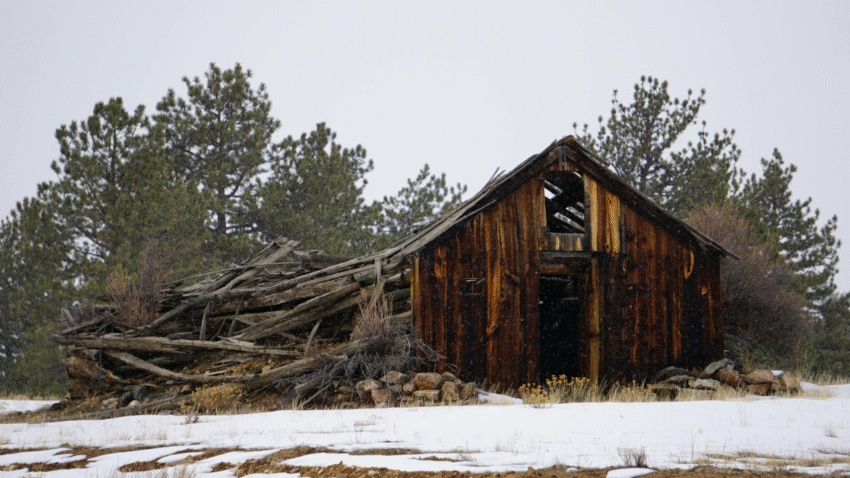Introduction
Planning to build a shed on uneven or sloped ground? Learning how to secure a shed on a slope ensures your structure is stable, safe, and long-lasting. Without proper support, a shed on a slope can shift, tilt, or even collapse over time. With the right foundation and anchoring techniques, you can safely install a shed on sloped terrain.
Why Securing a Shed on a Slope Matters
A shed placed on uneven ground without proper support is at risk of sliding downhill, sinking on one side, or suffering structural damage. Moisture runoff can also collect under the shed, causing wood rot or foundation issues. By securing your shed correctly, you protect your investment, prevent damage to stored items, and create a safer backyard structure.
Step-by-Step Guide to Secure a Shed on a Slope
1. Assess the Slope
Use stakes, string, and a level to measure the height difference between the highest and lowest points of the slope. Knowing the degree of slope helps you choose the best foundation.
2. Choose the Right Foundation Type
For sloped ground, consider:
- Concrete piers or posts – Best for steep slopes; they provide a solid, adjustable base.
- Concrete blocks or skids – Good for mild slopes; easy to level by stacking blocks.
- Retaining wall pad – Works well for significant slopes where you can create a level surface.
3. Prepare the Ground
Clear grass, rocks, and debris. Dig into the higher side of the slope slightly to reduce the angle, making leveling easier.
4. Install the Foundation
Place concrete piers, blocks, or skids at each corner and along the shed’s edges. Ensure every point is level using a long spirit level. Adjust heights with gravel or shims where necessary.
5. Build and Secure the Shed Floor Frame
Construct the floor frame with pressure-treated lumber. Bolt the frame securely to the piers, posts, or skids to prevent shifting.
6. Anchor the Shed for Stability
Use ground anchors, auger anchors, or rebar stakes to secure the shed to the ground. This is especially important on steep slopes or in windy areas.
7. Manage Water Runoff
Install gravel or a French drain on the uphill side to redirect water away from the shed. This prevents erosion and water damage under the structure.
Common Mistakes to Avoid
- Mistake 1: Building Directly on Uneven Soil
Solution: Always use a raised foundation like piers, blocks, or skids. - Mistake 2: Not Anchoring the Shed
Solution: Use ground anchors or bolts to prevent shifting or sliding. - Mistake 3: Ignoring Water Drainage
Solution: Redirect water with gravel or drains to avoid flooding under the shed. - Mistake 4: Using Untreated Wood
Solution: Only use pressure-treated lumber for the base to prevent rot.
Extra Shed Tips & Hacks
- If the slope is steep, consider building a small retaining wall to create a flat base.
- Add skirting around the shed base to improve appearance and block pests.
- For more help, see our guide on how to build a shed on uneven ground for additional foundation tips.
Conclusion
Securing a shed on a slope requires extra planning, but with the right foundation, anchoring, and drainage, you can create a strong and stable structure that lasts for years. Take the time to level and secure the base properly—your shed will remain safe and functional in any weather.
Bookmark this guide to build a sturdy, long-lasting shed even on challenging terrain.
